A great way to discover an area is to walk in the footsteps of people who left their mark and build a picture of the lives they lived and the legacy they left through the places they lived or worked, the old pubs they frequented, and all the other reminders that remain to this day.
These are people whose stories are weaved into the fabric of the place and still remembered through street names and blue plaques, festivals and events, statues and memorials, parks and churchyards.
Local heroes like these bring Gravesham’s story to life so we’ve put together some of those people whose contributions you’ll want to explore when you visit.
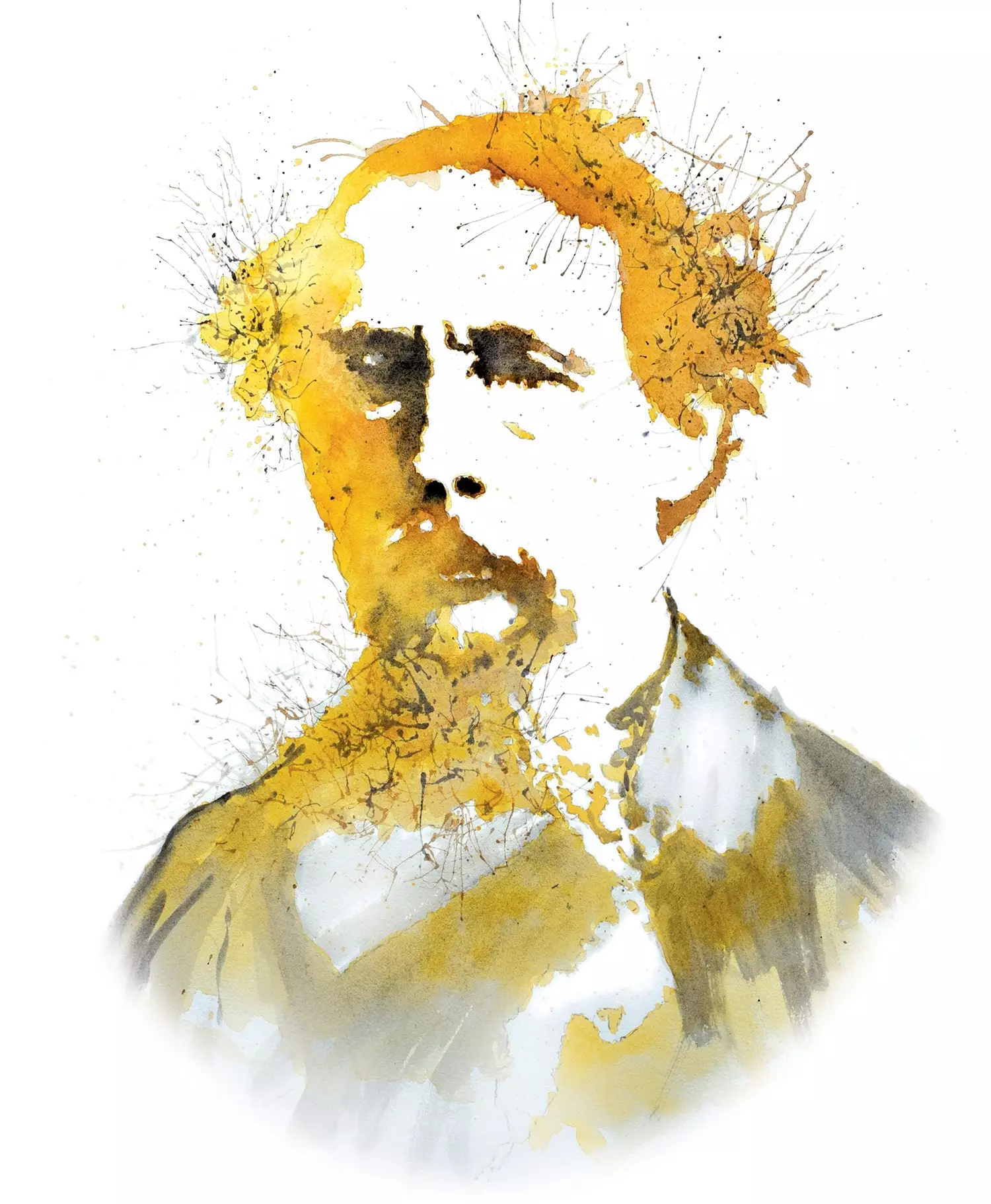
Charles Dickens 150
Gravesham Legends
Pocahontas, the native North American Indian, whose remarkable story grew out of the first English settlement at Jamestown in Virginia is buried at St George’s Church, Gravesend.
Born Princess Matoaka in 1595, but nicknamed Pocahontas because of her playful nature, and later Rebecca Rolfe following her marriage to the magistrate of the colony, her story is one of love and discovery and ultimately tragedy. Brought to England in 1616 with her husband she became the toast of English society. The following year she arrived in Gravesend hoping to set sail for Virginia but became seriously ill and died. She was just 21. Her exact burial spot remains unknown.
One of England’s best known writers Charles Dickens lived and died at Gad’s Hill Place, Higham drawing inspiration from local people, landmarks and buildings. The North Kent Marshes extensively within his novels, many of which were written in the writing chalet located in the garden of his beloved home.
He often visited Gravesend, spent his honeymoon at Chalk and found inspiration for the Pickwick Papers at The Leather Bottle public house in Cobham and his walks in the area, which remain open to literary thinkers, innovators and future legends to this day.
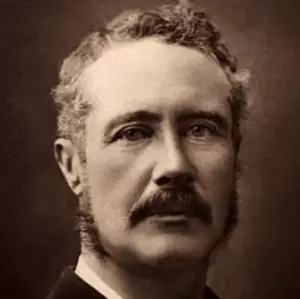
General Gordon - Public Domain Wikimedia
Gravesham’s defences
General Gordon was a Victorian hero and celebrity who was based in Milton, Gravesend He was given the responsibility of updating the line of Thames defences built to repel the French but also dedicated much of his time to helping his community, including those most in need.
He converted part of his home at Fort House, for use as a classroom and alms house with a small house in East Terrace rented to educate older children. As well as teaching at St Andrew’s Mission on the waterfront he became a regular visitor to the local workhouse supplying food, tea and tobacco.
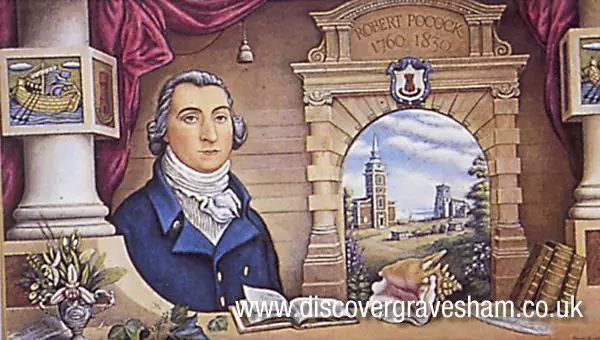
Robert Pocock - Discover Gravesham
Gravesham’s legacy builders
We have Robert Pocock (1760 to 1830) to thank for much of what we know about the area’s heritage. His History of Gravesend and Milton was published in 1797, aided by the town’s first printing press which he had introduced some years before. In his youth, his High Street family home was visited by one John Wesley, English cleric and founder of Methodism.
A plaque was unveiled back in 1888 by local philanthropist Robert Pocock, eight times Mayor of Gravesend (1826-1907). His contribution to the borough includes a fund to support the creation of Gravesend Hospital and the renovation and restoration of many key buildings that remain part of the historic fabric of the borough. These include Dode Church, the last remnant of the lost village of Dode and Gravesend Market Hall. Columns of the old market hall were presented to him when the new one was built. They were erected in what was then the grounds of Milton Hall and today form the back gardens of properties in Pine Avenue, Gravesend.
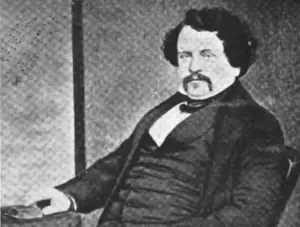
William Aspdin - Public Domain Wikimedia
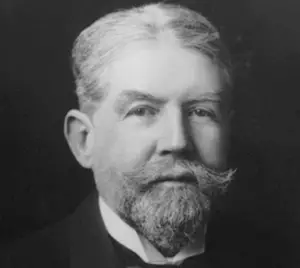
Ivo Bligh - Public domain Wikimedia
Gravesham’s innovators
William Aspdin (1815-1864) and Karl Ekman embraced the technologies of the age to develop the important Thameside industries of cement and paper.
William was an English cement manufacturer who modified his father’s fast setting ‘Portland cement’ formula to create a new product ‘that revolutionised the industry. He kept the competition to his Thameside production plants (including one at Northfleet Creek) at bay by famously sprinkling brightly coloured crystals over the raw mix to hint at a magic ingredient.
Carl Ekman was a chemist whose research brilliance in 1872 helped to make writing and printing a much more pleasurable experience. His pulp mill at Northfleet was the first to produce his brand of superior paper at scale, using a new process he’d developed,
Sir Herbert Baker, the celebrated Edwardian architect and associate of Sir Edwin Lutyens lived at Owletts, now in the ownership of the National Trust at Cobham. It is one of the best surviving examples of an English Country House. The rebuilt Bank of England in London and the Viceroy’s House in New Delhi are among the best-known examples of his work.
In 1833 The Honourable Ivo Bligh, the 8th Earl of Darnley, led the victorious English cricket team in their first ever test against Australia, bringing home the ‘Ashes’ to Cobham Hall, the home of Kent cricket. A small terracotta urn, containing the ashes of a ball, was presented to the team’s illustrious captain following the win.
His home at Cobham, today’s an independent co-education school, is a place of firsts for the game. The first recorded game of cricket in England was played in the grounds back in 1776.
Visit Gravesham Gravesham Borough Council Civic Centre, Windmill Street Gravesend DA12 1AU 01474 337600 visits.gravesend@gravesham.gov.uk
